This was originally published on Native Plants & Wildlife Gardens.
Every city has parks, however not all parks are created equal. Many are used primarily for recreation, others for dogs, but some are devoted to nature. Seattle is lucky to have a lot of parks, over 400 of them (counting open spaces) and the largest is over 500 acres. Following are five of my favorites to visit for nature. Many Seattlites may strongly disagree with my list because I’ve left off the most obvious parks such as Discovery and Seward. While they’re nice parks to visit, I like the changes of these landscapes, and how they are situated, juxtaposed with the city. I’m focusing here on parks which are more designed, parks which were previously industrial sites or other changed landscapes.
Olympic Sculpture Park
Native plants, habitat and art, what’s not to like about a park which offers all of that plus stunning views of mountains, the sound and the city? The site of the park was historically used for fuel storage and transfer and was horribly contaminated. Once cleaned up it was destined for more condominiums until it was bought by the Seattle Art Museum (SAM) and the Trust for Public Land. Designed by Weiss/Manfredi, an interdeciplinary design firm out of New York City, it opened to the public in 2007. The site was not an easy one to design as it had a very odd shape and was disconnected by railroad tracks. The final design is an overwhelming success however and the ‘Z’ shaped park not only goes from higher elevation, across railroad tracks and down to the waterfront, it does so by incorporating those differences into the design.
At the high end is a pavilion and ‘The Valley’ which contains the art installation Wave and is surrounded by native plants including Coastal strawberry and conifers which recreate an evergreen forest (or will once the trees grow). Contrasting the rusty colored sculpture are Ginkgo trees which represent ancient trees once native to Washington. Working down towards the water you’ll be in ‘The Meadow’ which is where Alexander Calder’s Eagle sits majestically overlooking the park. Transitioning further down and west you’ll find ‘The Grove’ which is an aspen forest with ferns, Red-flowering Currant, Salmonberry and Oregon Grape. Continue down and you’ll come to ‘The Shore’, a waterfront which has been transformed from a seawall to a small bay complete with native shore plantings, woody debris and a new tidal garden and habitat for juvenile salmon. You can see more photos of the park in my photo album. Want to learn more? I’ve written an in-depth post about it on my blog: Art Meets Habitat:: The Olympic Sculpture Park.

Pritchard Beach Wetlands
Chances are if you ask someone in Seattle to point you in the direction of Pritchard Beach Park you’ll be met with a blank look. It’s possibly one of the most looked-over parks in the city, but a native plant lovers dream come true. I recently moved to the area along Lake Washington where this park is located, and now visit it regularly. A quiet beach along the lake, it has no boat launch like the park just to the south, and so avoids the general ruckus. To the south of the beach are four acres of wetlands which were renovated in the late 90’s. This area historically would have been under water before the construction of the Ballard Locks lowered the water level of the lake. Now Pritchard Island is no longer an island and the wetlands run along the area which used to be under water.
Today the wetlands are full of tall trees and many species of native plants. I’ve been keeping track of all of the wildlife and plants I see and you can catch a glimpse of the variety in my Pritchard Beach Wetlands photo album. (Right now it’s just spring, but I’m planning to add this past fall and winter as well.) Spring flowers include Indian Plum, Fawn Lily, Large-leaved Avens, Salmonberry, Oregon Grape, Howell’s Violet, Checker Lily, Bleeding Heart, Pacific Trillium and even more which I haven’t yet identified. Is it surprising to find out the Native Plant Society had a hand in this restoration work? There are many species of birds including a Barred Owl which I saw daily for a time. I’ve identified, with the help of BugGuide, many of the insects I’ve seen including various beetles, flies, bees and more. I’ve heard during the summer there are dragonflies around the pond as well. At night we can hear the Pacific Chorus Tree Fogs.
Magnuson Park
Another site with a dramatically changed landscape, Magnuson Park wetlands used to be an airfield. Prior to that it was home to trees with a 6′ diameter, a homestead, a brick shipyard and post office. Like much along Lake Washington, the landscape was altered with the addition of the Ballard Locks which caused a lake which had previously been on this site to dry up into a small pond. Shortly after, the Navy took over the site and it wasn’t until the 80’s that it was given to the parks department. Today the park is 350 acres, the second largest in Seattle. While there is much in the park, a kite flying hill, shoreline trail, dog park, my favorite destination are the newly constructed wetlands.
Opened in 2009, the wetlands are a connected network of 14 acres of ponds and trails. The third phase just opened this past year. The wetlands are functional, treating runoff from parking lots and sports fields and also provide incredible habitat. It’s one of my favorite places to go looking for dragonflies and damselflies all summer long. Several ponds retain water all year long while other, smaller ponds act as rice paddies, one filling and draining into the next once full. There are many species of native plants, snags, down logs and much to see. I’ve seen California Quail, Red-winged Blackbirds, Goldfinches, Pacific Chorus Tree Frogs and dozens of species of dragonflies, bees, butterflies, flies, beetles and more. Visit my photo gallery for just a sample of the diversity. If you’d like to learn more about the design of the park, visit my post Magnuson Park:: Reconstructed Wetlands.
Bradner Gardens Park
How could I not include a park which various websites recommend visiting because of the bathroom? Surprising many visitors who stop in to use the facilities, the bathroom walls are covered in mosaics depicting wildlife including a ladybug, butterfly, dragonfly and bee. Outside, the park is just as full of wildlife. The creation of this park benefited the entire city of Seattle as it spawned a new ordinance that required all land which is now parks must stay parks and not be transferred to other uses. The community and many organizations fought for this space, and it’s well reflected in this diverse park.
Only 1.6 acres in size it includes a P-Patch (community garden), basketball court, native plant garden, pavilion, children’s garden, rain garden, butterfly and hummingbird garden, Seattle Tilth demonstration garden, play area and classroom. Walking through the park, you can feel the sense of community; the bench along the basketball court is covered in mosaics of wildlife and was put together by a local school, local artists contributed various art pieces throughout the park, the pavilion was put together as part of a design-build class at the University of Washington. The gardens are host to regular classes teaching neighbors how to create landscapes for small yards. The entire park is full of wildlife and is a recommended destination for butterflies in the city. I’ve written about my visit there in Bradner Gardens Park and you can view the photo gallery as well.
Marsh & Foster Islands
It may seem unlikely to find species new to science in a city, but that’s just what happened on these islands during a bioblitz a couple of years ago when a new spider was collected. Marsh and Foster Islands are located along Union Bay, on the far north end of the Washington Park Arboretum and across the water from the Union Bay Natural Area and the University of Washington. The islands didn’t exist as islands until the locks lowered the water of the lake which exposed these two islands. Today they are connected with floating boardwalks and make for a great walk. They are alongside highway 520, which is undergoing some major redevelopment now and this area is likely to change a lot.
The islands are essentially floating islands of peat, up to 70′ deep. There are many native plants along the islands including willows, alders, maples and oaks and a great deal of wildlife. It’s a perfect place for watching water birds and you’re guaranteed to see ducks. Among the birds which are easy to find are Belted Kingfishers, many ducks including Wood Ducks, mergansers, Marsh Wrens, grebes, rails, herons and much more. The islands are also habitat for Painted Turtles, beaver, muskrat, salmon, steelhead and trout. It’s a fascinating place, which at times seems removed from the city, while sitting alongside a major highway and across from Husky Stadium, which you’ll not miss hearing on game days. For more on the islands and the Union Bay Natural Area view my post Marsh Madness (Brackishology):: Marsh & Foster Islands and ‘the Fill’.

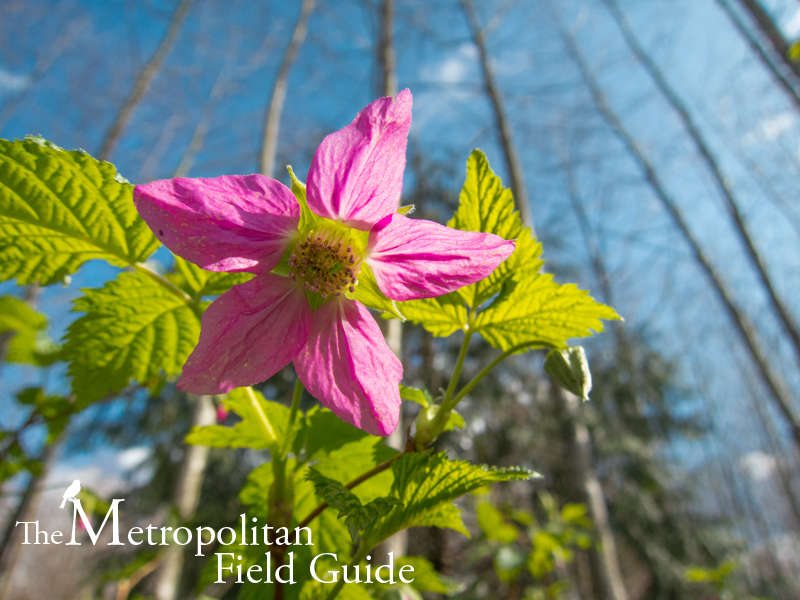
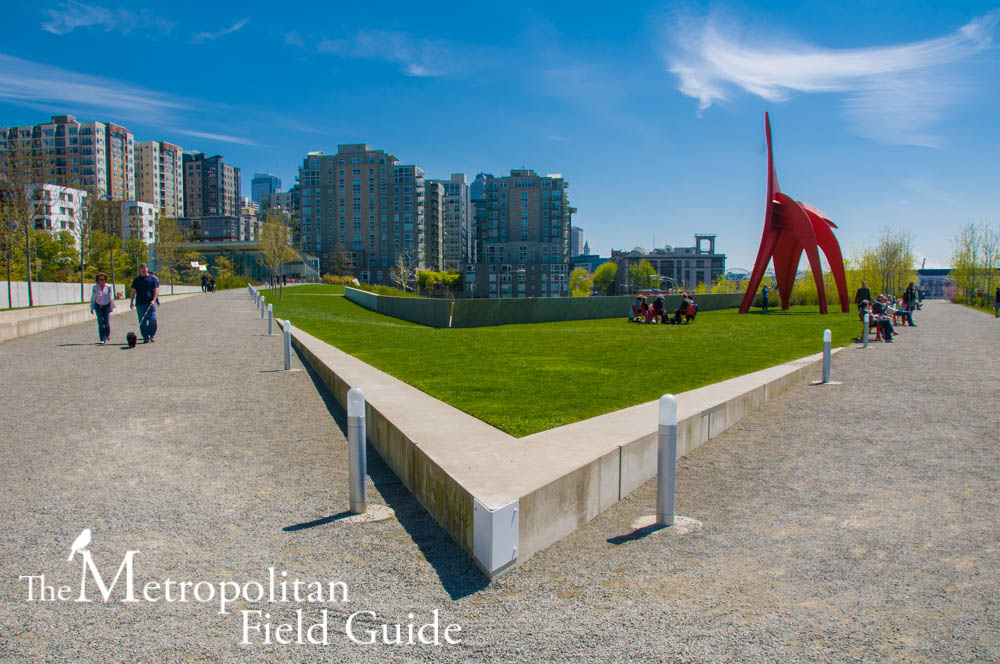
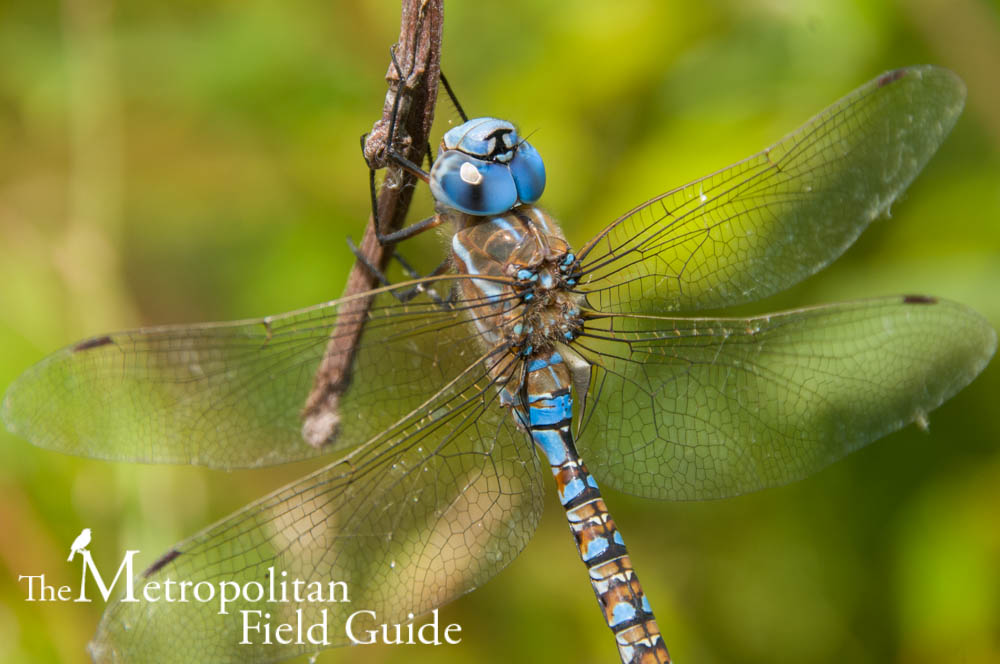
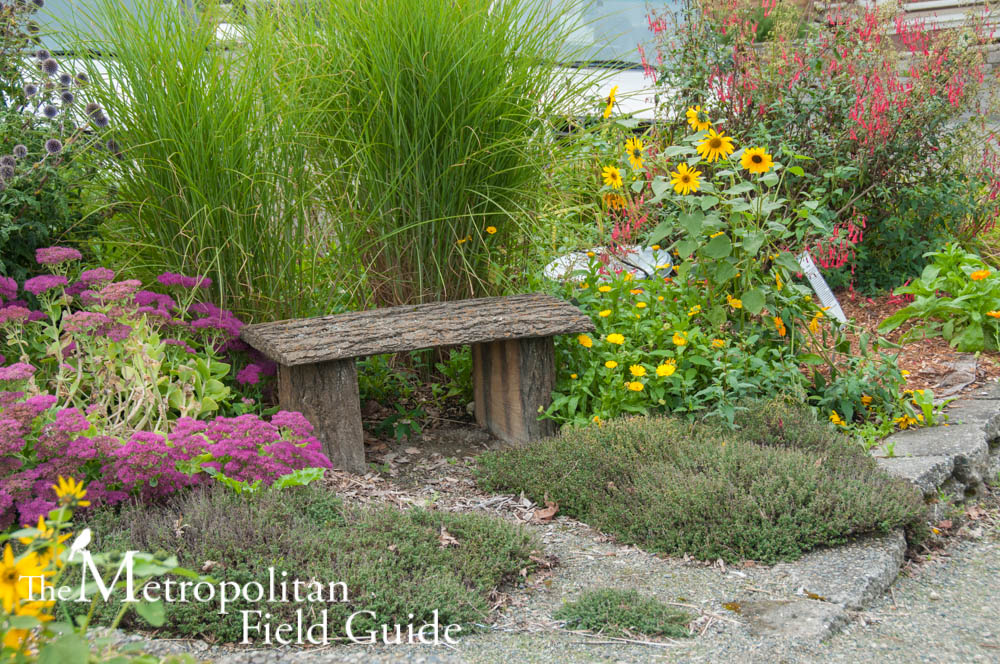
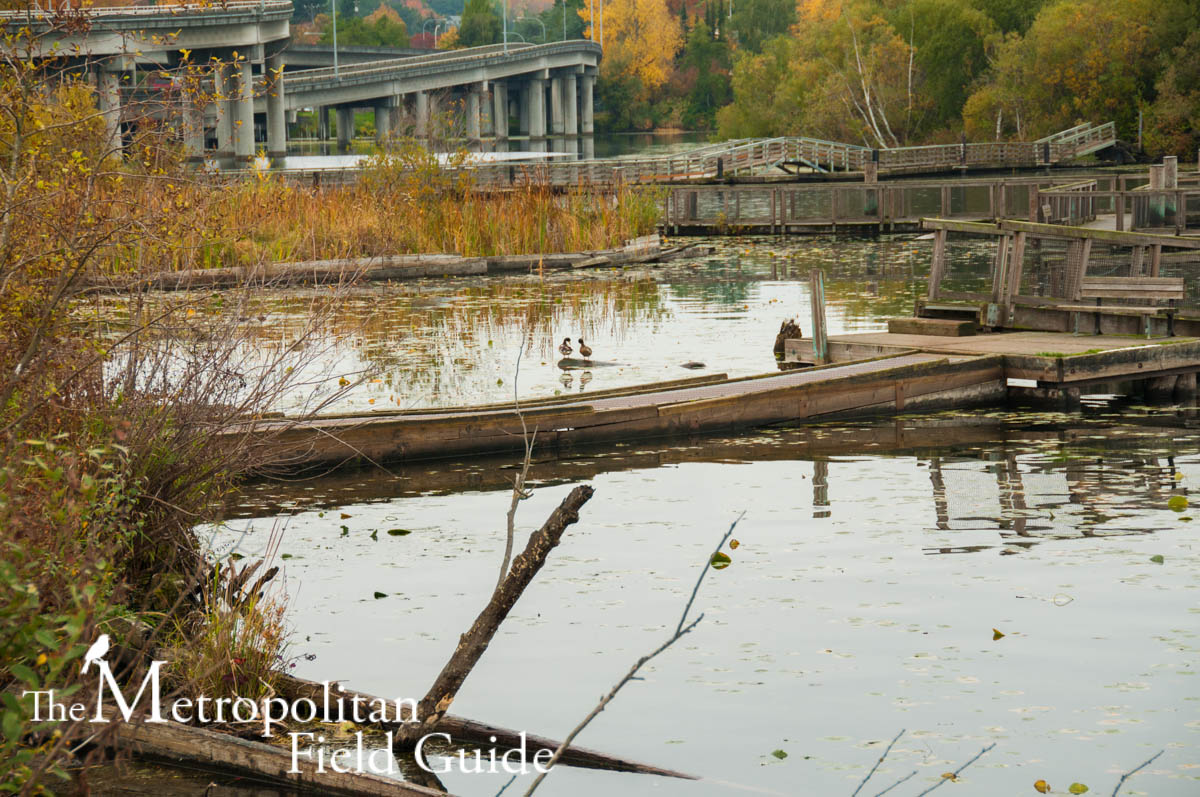





You are a kindred spirit, Kelly, and I’m so glad I found your blog. We’ll be coming to Seattle next month, and I’m putting as many of your 5 fave parks on the must see list as possible. Beavers are my special animal, so I hope we see some great evidence of their habitation.
Thank you for stopping by! I always appreciate finding kindred spirits.
You’ll likely appreciate this recent Seattle Times article about some neighbors complaining about beaver damage at a park, to which the parks department said, they’re beavers, it’s what they do.
http://seattletimes.com/html/localnews/2022770942_beaverdamxml.html
I hope you enjoy your visit to Seattle!
I shared the article with our FB Beaver Mgmt. Forum group. Fortunately some of the commenters are more progressive where beavers are concerned. Thanks for sharing it!